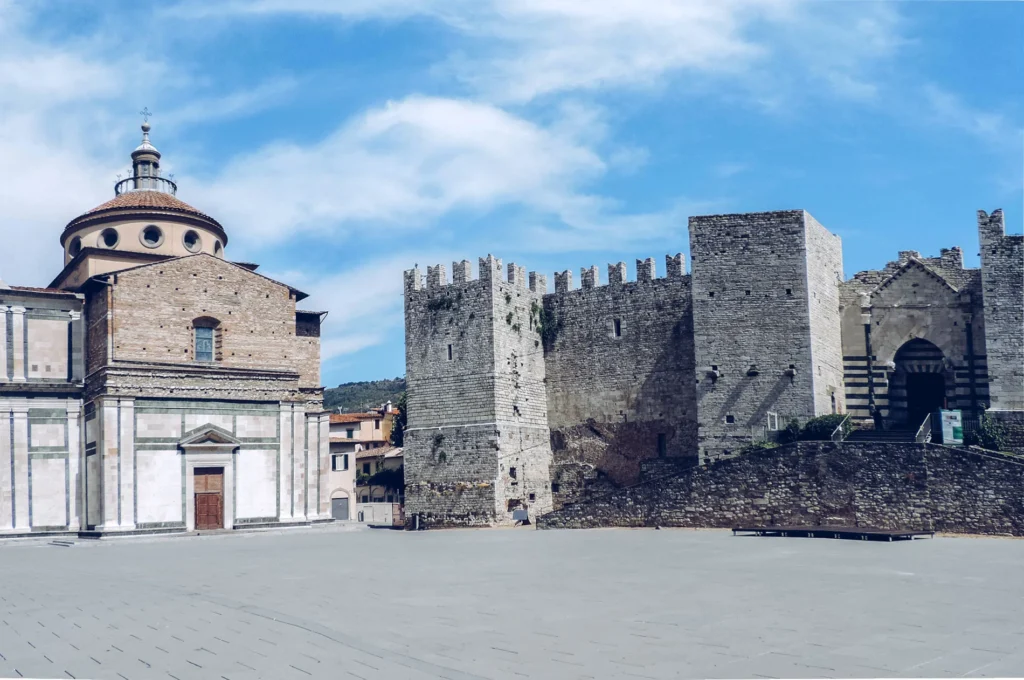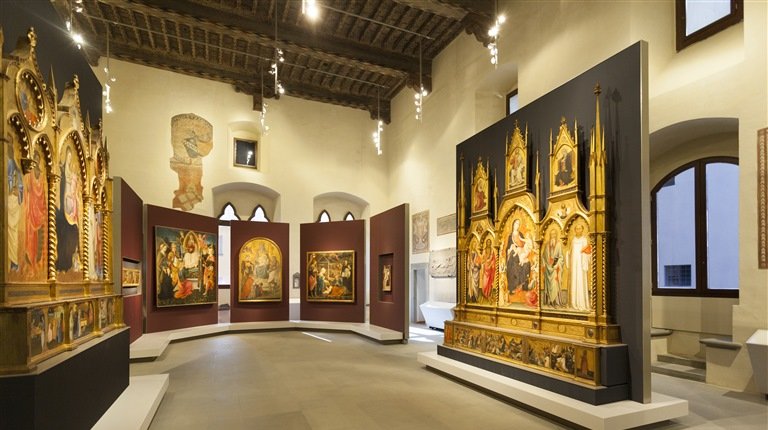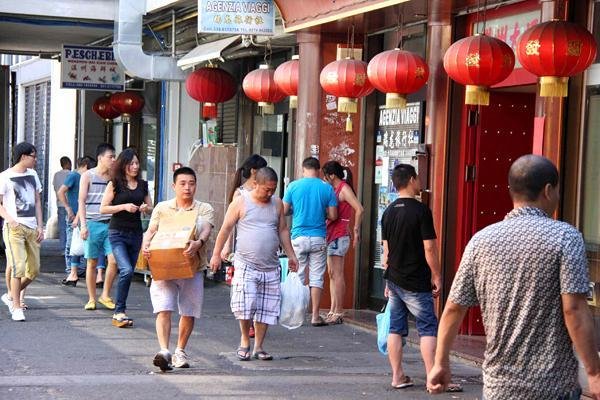
Prato is located in the very center of sunny Tuscany, near Florence. However, it is not as popular a city as Florence. The great thing is that here we can freely visit the wonderful monuments of Tuscany and the old town, without crowds of tourists. The city is famous for its textile industry.The city is the pearl of Italy, yet undiscovered by many.

Prato is a city and comune in the province of Prato, in the Tuscany region of Italy.
Sightseeing

Museo del Tessuto di Prato
The Prato Textile Museum is a unique place that presents the city’s rich textile history and tradition. It is the most important textile center in Italy. Located in the center of Tuscany, the museum is a treasure trove of knowledge about an industry that has shaped the local culture and economy for centuries.

Castello dell’Imperatore
It is definitely worth visiting Castello dell’Imperatore, (Emperor’s Castle) is an impressive fortress located in the heart of the city.
It is one of the most important monuments of medieval architecture in the Tuscany region and a key element of Prato’s historical heritage.

PALAZZO PRETORIO, Prato
The Prato Municipal Museum is housed in the 13th-century Palazzo Pretorio, an iconic building of the city’s turn-of-the-century civic architecture and history. The Museum houses thousands of works, including paintings, drawings and sculptures of historical heritage.

St. Stephen’s Cathedral


Prato Cathedral (Italian: Duomo di Prato) is the main Catholic temple and the seat of the bishop in the Tuscan city of Prato. It is one of the oldest churches in the city, its origins date back to the 10th century. The temple contains numerous valuable works of art, in particular high-quality artistic sculptures.

Prato is located on the Bisenzio River, you can go for a relaxing walk along the river. While admiring Italian landscapes, you can meet nutria, adorable furry animals. People and children like to look at them. You could say they are another attraction.
Interesting fact

Prato is the second city in Italy in terms of the number of Asians living there. It’s no surprise that you’ll pass large groups of Asians on this tour. Officially, you can meet there over 10,000 Chinese, unofficially as many as 45,000.
Prato – Chinatown district, seemingly similar to other districts, but the shop windows are different from typical Italian ones. You can quickly be transported into the Chinese atmosphere, as evidenced by Chinese eateries. Asian cuisine, of course, run by yellow-skinned people, is great here and at a good price (inexpensively).
